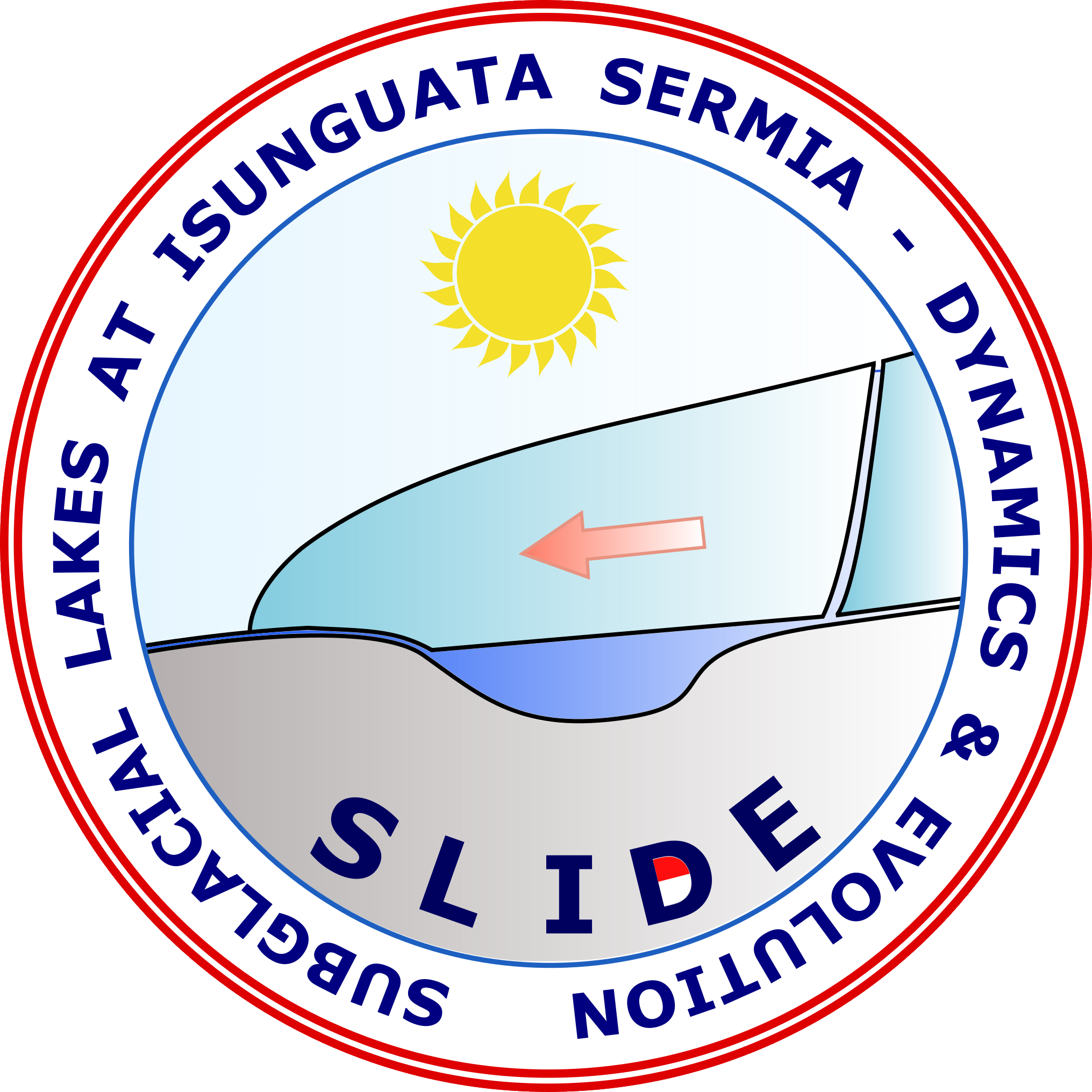A summer with SLIDE
An undergraduate’s experience on Greenlandic field work
In early 2023 I had few thoughts on the summer beyond finishing up my undergraduate dissertation and catching up on some much needed sunshine. I was a third year Environmental Science student at the University of Sheffield, writing a dissertation on glacier calving, and aware of the research in the polar regions undertaken by the Geography Department but never expected to be a part of it. So, it was somewhat surreal when 6 months later, I found myself stepping out onto the Greenland Ice Sheet.
The possibility of accompanying the SLIDE project to Isunnguata Sermia, West Greenland first gained traction when I was reminded of the Department Harley Scholarship scheme by my dissertation supervisor Dr Andrew Sole, and Professor Stephen Livingstone, the principal investigator of the SLIDE project. Andrew and Stephen knew of my interest in mountaineering, as well as glaciology, and reached out to see if I would be interested in accompanying one of the field teams out later in the year. The SLIDE project focuses on the presence of subglacial water stores under the Greenland Ice Sheet, and the effect that these lakes have on the dynamics of the ice. The project is technically wide ranging, collecting data directly from Isunnguata Sermia glacier in West Greenland with a huge variety of instrumentation. It would be all hands on deck.
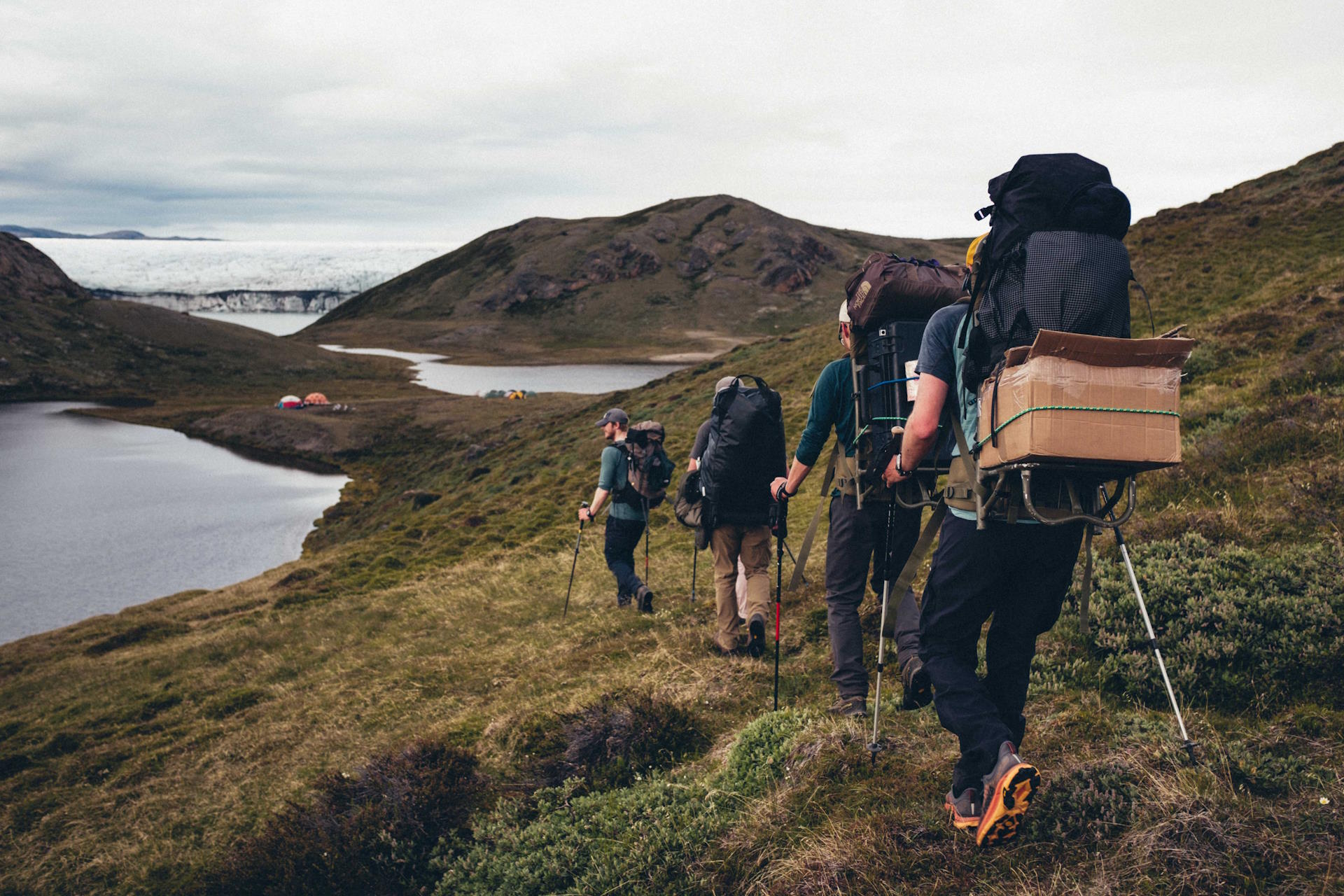
As departure rumbled closer, flights were booked, training sessions planned and the reality that come June I would be setting off on a month in the Arctic set in. A two day training programme took place in May where I met the 2024 field team, practised rescuing scientists from crevasses and was briefed on the polar bear interaction plan (these last two thankfully went unused). I was to be a member of the first team out that season, tasked with setting up base camp, scouting out that season’s study sites and organising the huge quantity of scientific logistics shipped from the UK, Europe and Canada. Excitement built through June. Exams were dispatched and goodbyes said. Bags packed, unpacked and repacked and final items of gear bought, some as last minute as on the drive to the airport. I think the reality of this incredible opportunity finally set in as I got my first glimpse of the Greenland Ice Sheet from the plane, a frozen landscape, speckled with lakes and stretching to the horizon as we made our final approach to Kangerlussuaq.
Settling into the camp for the next month, we quickly made it our home. Number one priority? Get the mess tent up and put the kettle on. Here we cooked our meals, planned our on ice operations and relaxed on days off. Having a comfortable space to spend time was crucial, especially on days when weather was less than perfect. Our base camp sat on a land bridge between two small lakes, south of Isunnguata Sermia, and provided amazing views of the glacial landscape. From here we conducted the first forays on to the glacier that season. A constantly changing topography, it took time to blaze new trails out onto the ice, often having to double back when our path was blocked by ice cliffs and crevasse fields.
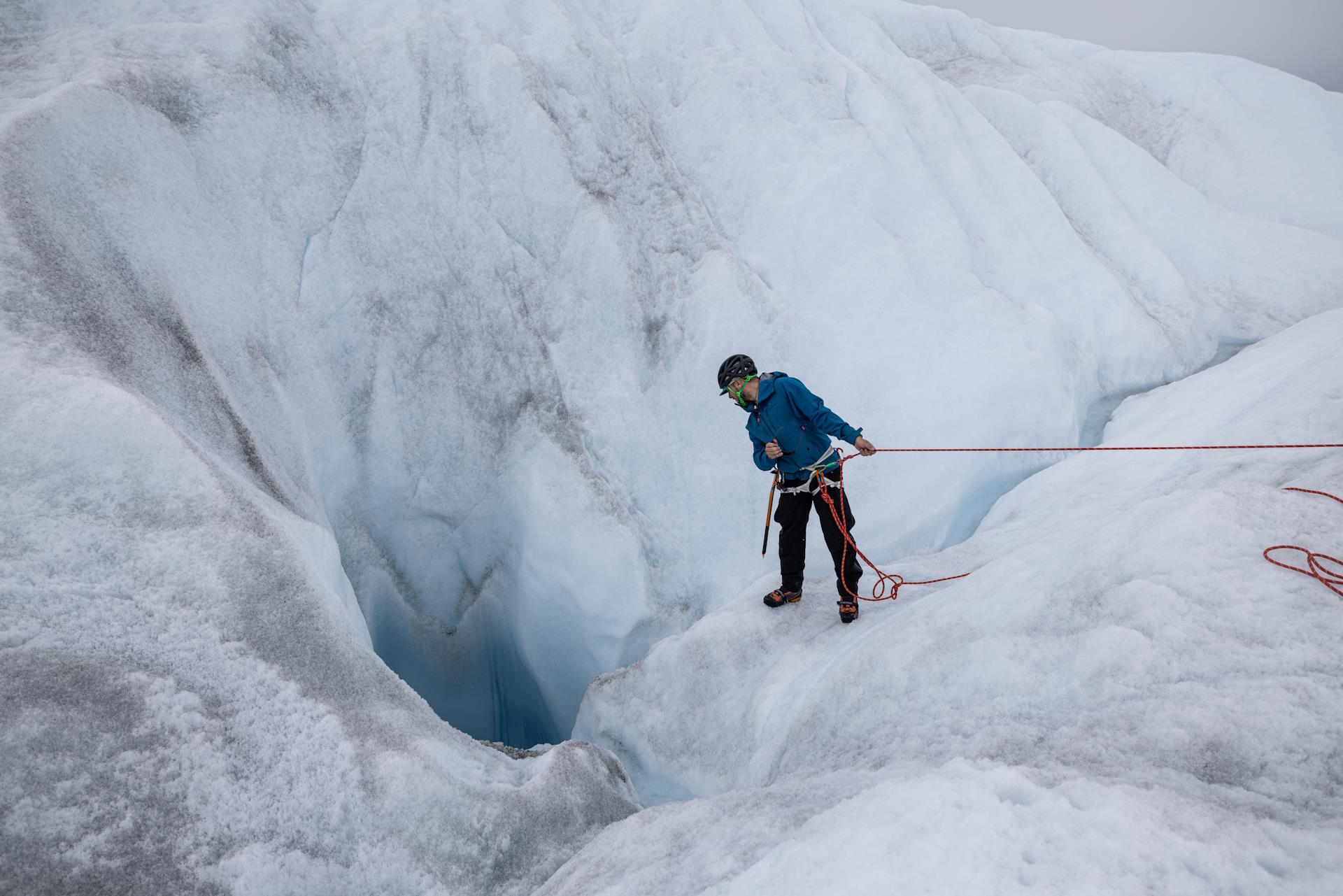
With basecamp set up, and the new routes onto ice established, the SLIDE field team was able to settle into the routine of undertaking science in such a wild location. High on the priority list for the first groups on to the ice was the servicing of equipment left over winter, including GNSS used to measure ice velocity and seismic sensors listening to subglacial activity. We found this instrumentation in various states, ranging from working happily to needing rescue from a crevasse. Once the housework had been attended to, we began on the aims of the season in the field. Over the next few weeks the team installed more than a hundred passive seismic nodes, flew drone surveys over the surface of the ice and lowered Cryoegg hydrological sensors deep into the glacier. The breadth of equipment used was daunting, as was the technical complexity of some of the instruments, but I was working with people who had been using these devices for their whole careers and sometimes involved in their development. It was a very supportive environment, and I always felt happy asking when I wasn’t confident setting something up.
Working in the field does involve its fair share of challenges however, and there were times when blisters made the long walk back to camp seem to go on forever, or the rain came in just as you were about to finish setting up in instrument, leaving your gloves soaked and the pelicase full of water. But as tough as these obstacles seemed in the moment, there was always something to bring you round. After every long slog back to camp, there would be a teammate who had put the kettle on in advance to warm you up and every time the rain came in, you could count on the sun eventually coming out, and brightening up this incredible part of the world. I recall waking up one night, at about three in the morning after a long cold day, to see the arctic sun blazing just above the ice on the horizon, illuminating our camp in dazzling amber sunset light. These were the times I felt most astonished by the opportunity I had been given, and the incredible landscape I was able to spend time in.
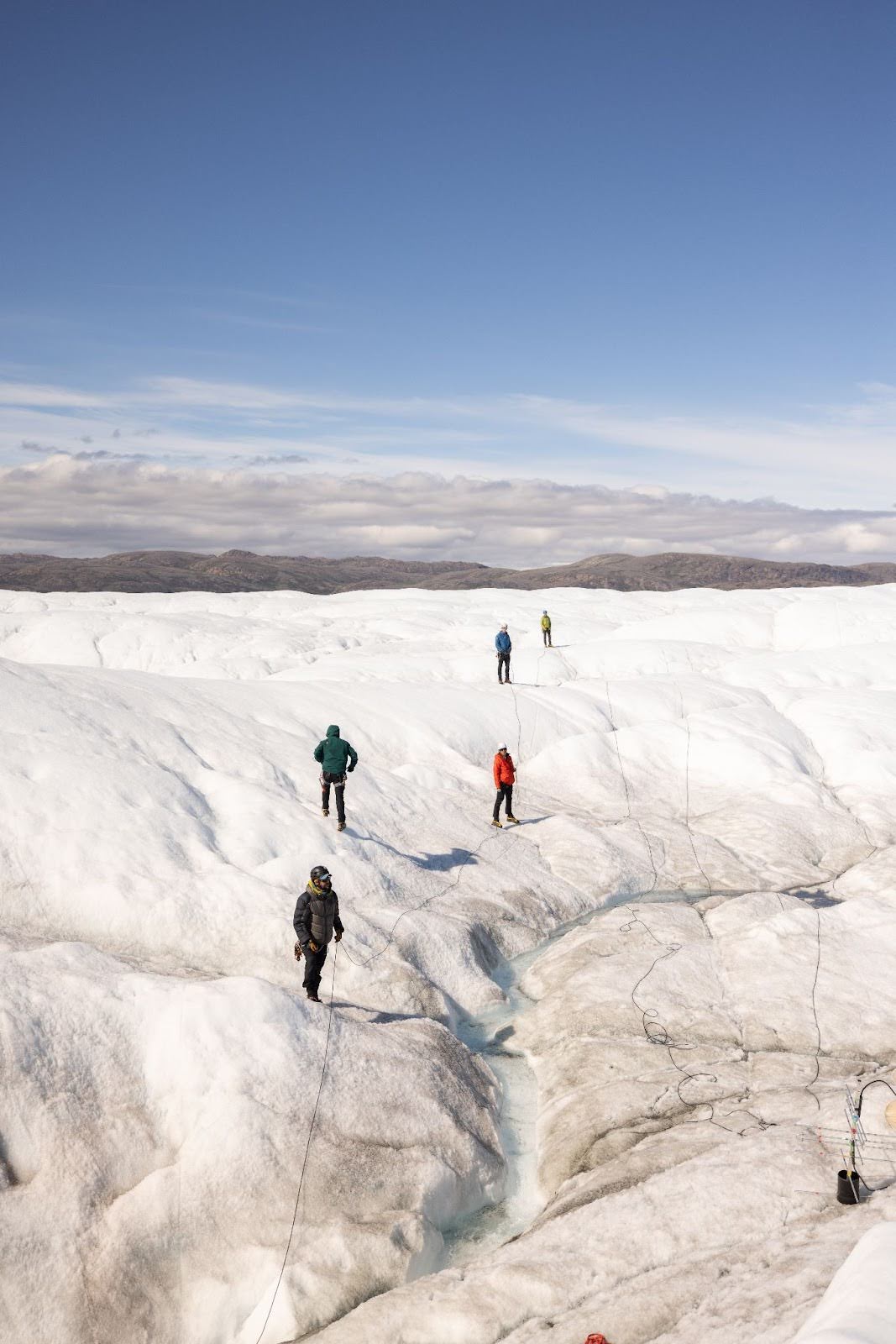
This trip proved to be the shot in the arm that I really needed, feeling somewhat weary from the final year of my undergraduate degree, and existing in limbo between finishing my exams and getting my results, I was not sure what would come next. Cue SLIDE 2024, and a month living in close confines with leaders in glaciology and playing a part in research level science every day on the Greenland Ice Sheet. How could I not catch the bug? Within 2 days of landing back in the UK I had written an application to the Polar and Alpine Change masters programme at Sheffield and now I find myself in the process of designing a project under the SLIDE umbrella, to complete for my research project.
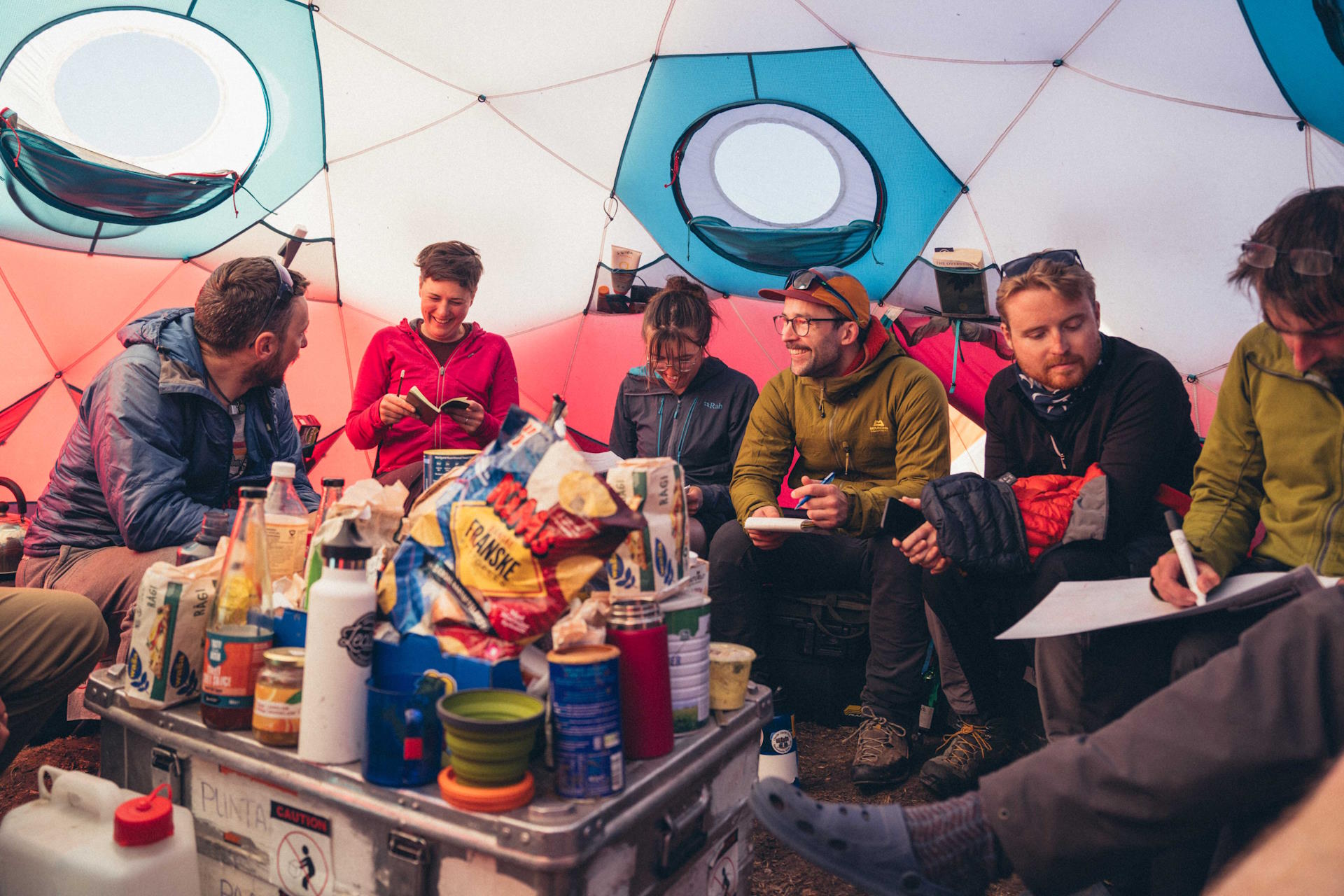
My time in Greenland was not only an exciting expedition for me personally, it was an opportunity to test what really interested me, and where my future lay, and I’m incredibly grateful to those who played such a part in making it possible for me. For those of you who may be in a similar position, thinking that field work would be something that you would be interested in but not knowing where to start, I would wholeheartedly recommend investigating the opportunities within university departments. My time in Greenland would not have been possible without the generous Harley Scholarship from the University of Sheffield, but also if I hadn’t previously expressed my interest in fieldwork and mountaineering when I did. You may have more to offer an expedition than you first think. Finally, don’t be afraid to look further afield for funding opportunities, as many are offered from independent organisations such as the Royal Geographical Society or the British Mountaineering Council. Opportunities which may seem out of reach could be closer than you think.
